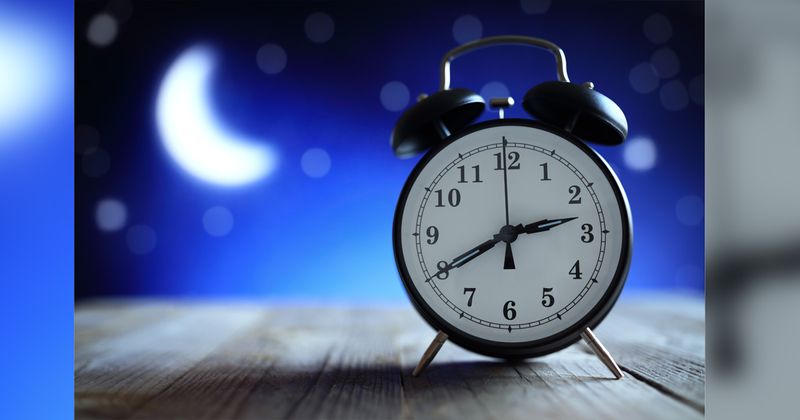Short nightly sleep duration tied to obesity in adolescents
Adolescents who sleep fewer hours at night had a higher prevalence of overweight and obesity compared with those who slept for the guideline-recommended 8 hours per night, according to a new study.
In addition, researchers reported that few adolescents aged 12, 14 and 16 years achieved guideline-recommended sleep duration.

The findings were presented at the European Society of Cardiology Congress.
“On top of stressing the importance of dietary habits and physical activity, adequate sleep needs have to be considered too,” Jesús Martínez-Gómez, MD, a postgraduate fellow and researcher in training at the Cardiovascular Health and Imaging Laboratory, Spanish National Center for Cardiovascular Research in Madrid, Spain, told Healio. “In the case of adolescents, they should sleep between 8 and 10 hours per day.”

To better understand the relationship between sleep and cardiometabolic outcomes, Martínez-Gómez and colleagues evaluated 1,229 adolescents in the SI! Program in Spain.
The SI! Program is a multicomponent intervention trial in which the researchers’ goal is to improve or maintain lifestyle habits of children and adolescents throughout life. It has been implemented in school in Spain, Colombia and U.S.
For the present analysis, participants were provided with accelerometers that they wore for 7 days to track their wake/sleep habits. Follow-up was conducted during two additional visits.
A total of 895 adolescents completed follow-up (mean age, 15.8 years; 53 girls).
Participants were categorized as recommended-time sleepers ( 8 hours), short sleepers (7 to < 8 hours) or very short sleepers (< 7 hours).
Only 34.2% of adolescents aged 12 years, 23.4% aged 14 years and 19.4% aged 16 years achieved guideline-recommended levels of sleep, according to Martínez-Gómez and colleagues.
More boys than girls were identified as very short sleepers (22.8% vs. 16%) as well as adolescents from a migrant background compared with those whose parents were born in Spain (23.7% vs. 17.2%).
“Maybe these adolescents have different sleep habits because of different cultural practices,” Martínez-Gómez told Healio. “However, this difference might be reflecting the influence of other socioeconomic disadvantages, not only relating to education and income.”
Compared with optimal sleepers, overweight/obesity was 21% and 72% more likely in very short sleeps at age 12 and 14 years, respectively. Short sleepers were 19% and 29% more likely to have overweight/obesity compared with optimal sleeps at age 12 and 14 years, respectively. Similarly, both very short and short sleepers had higher average metabolic syndrome scores at 12 and 14 years compared with optimal sleepers.
“This is a public health problem,” Martínez-Gómez told Healio. “Among adolescents, sleep loss can be due to sociocultural influences such as school schedules or social engagement ... but there is also a biological factor. In adolescents, melatonin is produced later than in children, and adolescents therefore go to sleep later. Parents and caregivers can do a lot to help children to establish a routine, but also governments can delay school start times at high school to improve insufficient sleep in adolescence.”
Reference:
- Insufficient sleep in teenagers is associated with overweight and obesity. https://www.eurekalert.org/news-releases/962238. Published Aug. 24, 2022. Accessed Aug. 26, 2022.










